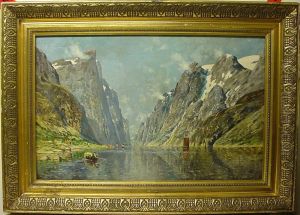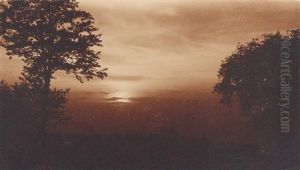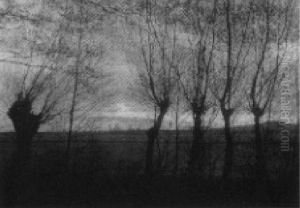Jaromir Funke Paintings
Jaromir Funke was a Czech photographer who played a significant role in the development of modernist photography. Born on August 1, 1896, in Skuteč, Bohemia, which was then part of the Austro-Hungarian Empire and is now in the Czech Republic, Funke grew up in a time of significant artistic and cultural change. During the early 20th century, he became part of the avant-garde movement in photography, which sought to elevate the medium to the level of fine art.
Funke's work was heavily influenced by contemporary movements such as Cubism, Surrealism, and the Bauhaus. His photography often explored abstraction, form, and the play of light and shadow, which were central to his aesthetic approach. He was particularly known for his 'Abstract Photo' series, which captured the interplay of light on simple geometric shapes, and his work in photomontage and still life.
In the 1920s, Funke co-founded the Czech Photographic Society and became an influential figure in the country's photographic community. He was a teacher as well as a practitioner, holding a position at the School of Graphic Arts in Bratislava from 1931 to 1935 and later at the State School of Graphic Arts in Prague. Through his teaching and his own experimental work, he influenced a generation of photographers in Czechoslovakia and beyond.
Jaromir Funke's career was cut short by the turmoil of the Second World War. He faced personal and professional challenges during the Nazi occupation of Czechoslovakia. His work during this period reflected the darkening mood of the time, with a series of photographs that conveyed a sense of anxiety and oppression. Despite the difficult circumstances, he continued to work and innovate until his untimely death on March 22, 1945, just before the end of the war.
Although Funke's life was relatively short, his contributions to the field of photography were significant. His work not only pushed the boundaries of the medium in his own time but also laid the groundwork for future generations of photographers to explore the potential of photography as an art form. His photographs remain celebrated for their pioneering vision and aesthetic quality.


